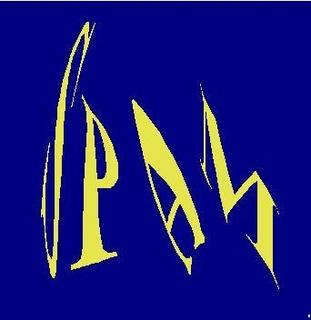The official USGS map of the
Arctic National Wildlife Refuge was lost, just in time to expand the
area to be drilled. Today's NY Times tells the story:
Arctic Map Vanishes, and Oil Area ExpandsWASHINGTON, Oct. 20 - Maps matter. They chronicle the struggles of empires and zoning boards. They chart political compromise. So it was natural for Republican Congressional aides, doing due diligence for what may be the last battle in the fight over the Arctic National Wildlife Refuge, to ask for the legally binding 1978 map of the refuge and its coastal plain.
It was gone. No map, no copies, no digitized version.
The wall-size 1:250,000-scale map delineated the tundra in the biggest national land-use controversy of the last quarter-century, an area that environmentalists call America's Serengeti and that oil enthusiasts see as America's Oman.
The map had been stored behind a filing cabinet in a locked room in Arlington, Va. Late in 2002, it was there. In early 2003, it disappeared. There are just a few reflection-flecked photographs to remember it by.
All this may have real consequences. The United States Geological Survey drew up a new map. On Wednesday, the Senate Energy and Commerce Committee passed a measure based on the new map that opened to drilling 1.5 million acres of coastal plain in the refuge.
The missing map did not seem to include in the coastal plain tens of thousands of acres of Native Alaskans' lands. On the new map, those lands were included, arguably making it easier to open them to energy development.
How conveeeenient for the Bush administration.
"People have asked me several times, 'Do you think someone took this intentionally?' " said Doug Vandegraft, the cartographer for the Fish and Wildlife Service who was the last known person to see the old map. "I hope to God not. So few people knew about it. I'm able to sleep at night because I don't think it was maliciously taken. I do think it was thrown out."
I can understand why he thinks that. People who archive information are appalled by the idea of destroying it. It's the same as book-burning to them — and they're right. But the Bushites have
censored ANWR information before. They have even
censored ANWR maps before.
In 2001 a USGS cartographer, Ian Thomas,
posted maps showing how
ANWR drilling would affect caribou. He followed the same procedures he had followed for 20,000 other maps. This time, though,
he was fired. And Thomas's caribou maps, and thousands of others,
disappeared from the web.
We know they've done it before. Why should we believe they didn't do it again?











